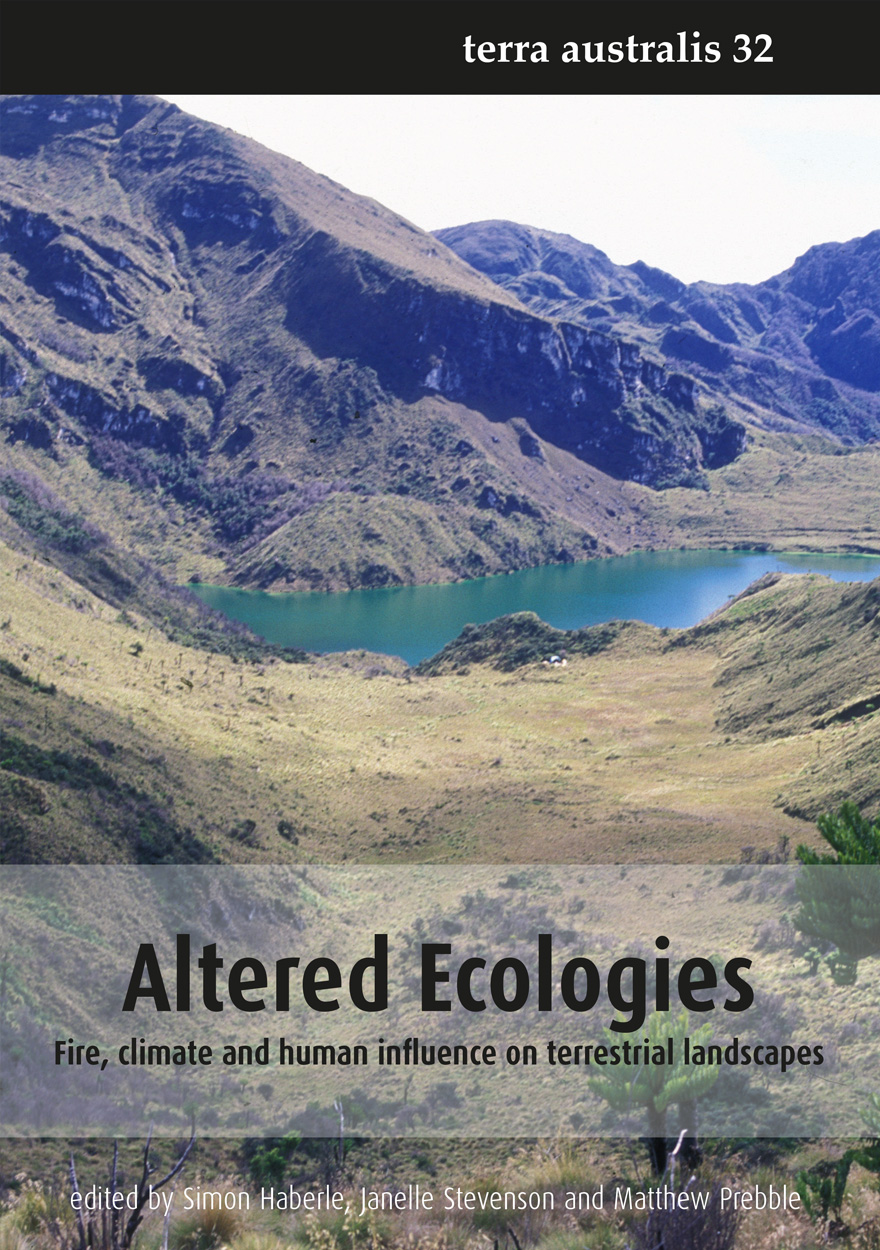Terra Australis
Terra Australis reports the results of archaeological and related research within the south and east of Asia, though mainly Australia, New Guinea and island Melanesia — lands that remained terra australis incognita to generations of prehistorians. Its subject is the settlement of the diverse environments in this isolated quarter of the globe by peoples who have maintained their discrete and traditional ways of life into the recent recorded or remembered past and at times into the observable present.
Terra Australis monographs 1 to 20 are available to download via the Open Research repository.
Please note: The following list of titles is sorted by publication date, with the most recent first.
Displaying results 26 to 37 of 37.

Altered Ecologies »
Fire, climate and human influence on terrestrial landscapes

The Early Prehistory of Fiji »

Archaeological Science Under a Microscope »
Studies in Residue and Ancient DNA Analysis in Honour of Thomas H. Loy

New Directions in Archaeological Science »

Dreamtime Superhighway »
Sydney Basin Rock Art and Prehistoric Information Exchange

Islands of Inquiry »
Colonisation, seafaring and the archaeology of maritime landscapes

Oceanic Explorations »
Lapita and Western Pacific Settlement

Lithics in the Land of the Lightning Brothers »
The Archaeology of Wardaman Country, Northern Territory

The Archaeology of the Aru Islands, Eastern Indonesia »

Pieces of the Vanuatu Puzzle »
Archaeology of the North, South and Centre

What's Changing: Population Size or Land-Use Patterns? »
The archaeology of Upper Mangrove Creek, Sydney Basin




